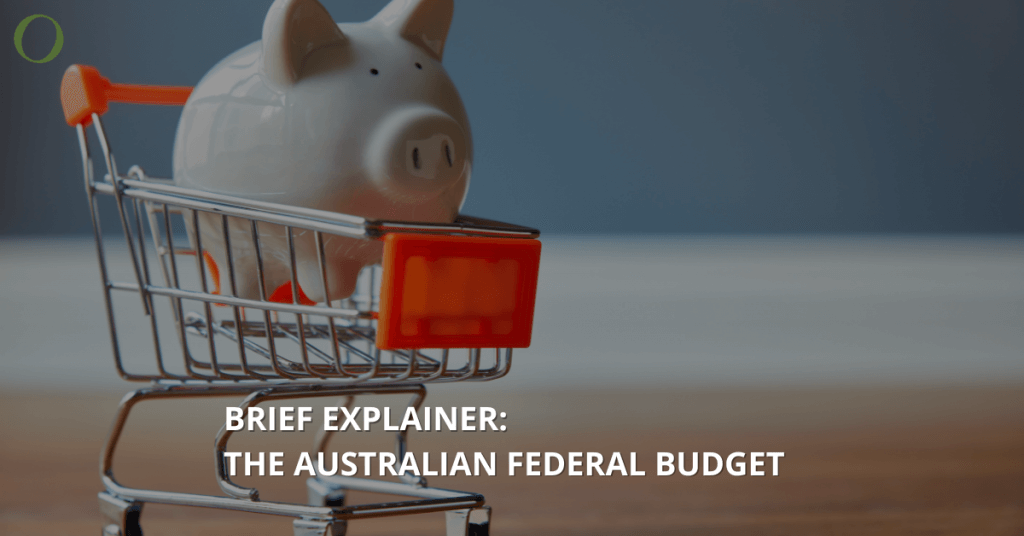How does the Australian government decide how to spend its money? Every year, the government makes a plan for how it will spend its money for the next year. This plan is called the Australian Federal Budget.
The Australian Federal Budget is a document that outlines the government’s estimated revenue and expenditure for the following financial year, as well as its proposed fiscal policy.
To make sure everything is fair and honest, the government is guided by the Charter of Budget Honesty Act 1998.
The Budget Bills
The Australian government collects money from several sources including:
- Taxes on incomes
- Excise (on goods made and sold within the country)
- Customs duties
- Charges (such as the NDIS levy and the Medicare levy)
- Company profits
- Selling government assets.
The government allocates the money outlined in the Budget to fund different programs and initiatives, such as defence, national parks, and the broadband network. This is done through a series of bills called ‘appropriation bills’, which are introduced in Parliament with the purpose of collecting and spending public funds.
The Budget Night
The Treasurer delivers the Budget speech, which provides a summary of the government’s revenue and expenditure, on Budget Night. The speech outlines the government’s economic plan and the policy initiatives that it intends to fund.
It is normally held in May so that the budget can be considered by the parliament before the new financial year begins.
The Treasurer will deliver the 2023–24 Budget at approximately 7:30 pm (AEST) on Tuesday 9 May 2023.
Australian Federal Budget Proceedings
1 Appropriation Bill (No.1)
When the government is ready to present its budget to the parliament, they do so by introducing a bill called the Appropriation Bill (No.1).
The first stage of the budget proceedings is the first reading, where the Clerk of the House reads out the bill’s full title. This is a formal step to introduce the bill to the House.
2 Budget Speech
The second stage is the second reading, where the Treasurer moves “that this bill be now read a second time” and delivers the budget speech.
In the budget speech, the Treasurer:
- Compares the estimates of the previous financial year with actual expenditure
- Reviews the economic condition of the nation
- States the anticipated income and expenditure for the current financial year, including the taxation measures proposed to pay for the expenditure.
3 Budget Debate
The debate on the second reading of Appropriation Bill (No. 1) is known as the ‘budget debate’ and normally continues over a period of several weeks.
After the budget debate, the House of Representatives will then consider the bill in detail. This is known as ‘consideration in detail’.
4 Consideration in Detail
The three main budget appropriation bills must be passed by the Senate in the same way as any other bills before they become law.
The appropriation bills are first introduced into the House of Representatives and must complete their consideration in that House before they can be formally considered by the Senate. The particulars of proposed expenditure are then referred to the Senate’s legislation committees for the budget estimates hearings.
During these hearings, Senators are able to question the relevant departmental officials about the expenditure proposals contained in the budget papers. After the hearings, the legislation committees report back to the Senate on their findings. The Senate then considers the bills in detail and can propose amendments. If the bills are amended, they must go back to the House of Representatives for further consideration.
5 Final Step
If the Senate agrees to the bill(s), it is sent to the Governor-General for assent and becomes law.
The Budget goes into effect on July 1, the start of the new financial year.

Nicole Byrne
Content Creator | Media Coordinator
O'Brien Criminal & Civil Solicitors
- Nicole Byrnehttps://obriensolicitors.com.au/author/nicoleb/
- Nicole Byrnehttps://obriensolicitors.com.au/author/nicoleb/
- Nicole Byrnehttps://obriensolicitors.com.au/author/nicoleb/
- Nicole Byrnehttps://obriensolicitors.com.au/author/nicoleb/




